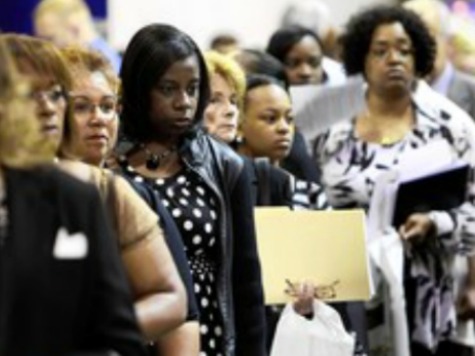
Two recent studies have determined that American women today can expect to live shorter lives than their mothers. Life expectancy rates for women have been found to be steadily falling in about half of the counties in the U.S.
David Kindig, co-author of a study done at the University of Wisconsin, told The Atlantic, “I was shocked, actually. So we went back and did the numbers again, and it came back the same. It’s overwhelming.”
The study tracked trends in male and female mortality rates from 1992-96 to 2002-06 in 3,140 U.S. counties. Female mortality rates increased in 42.8% of the counties, while male mortality rates increased in only 3.4%.
Kindig and co-author Erika Cheng note that several factors, including higher education levels, not living in the South or West, and low smoking rates were associated with lower mortality rates.
Medical care variables, such as the availability of primary care providers, were not found to be associated with lower rates.
The researchers conclude that since medical care availability was not found to be a significant factor in the study’s results, the findings suggest that improving health outcomes in the U.S. “will require increased public and private investment in the social and environmental determinants of health–beyond an exclusive focus on access to care or individual health behavior.”
“Clearly something is going on,” said Kindig. “It could be cultural, political, or environmental, but the truth is we don’t really know the answer.”
The results of the Wisconsin study were replicated in a study from the University of Washington that found female life expectancy either stagnated or declined in 45% of U.S. counties between 1985 and 2010.
The studies suggest there is a connection between where women live and how long they live, with the most troubled areas being the Southeast, particularly in Kentucky, West Virginia, Arkansas, and Tennessee, and the Midwest, with Nebraska and North Dakota noted especially where life expectancy was worsening. The Northeast and Southwest appear to be the areas of the U.S. where female life expectancy had substantial improvement.
Some researchers have observed the role of race and education in female mortality rates. A Health Affairs study published in August of 2012 noted that life expectancy among white high-school dropouts has decreased dramatically within the last 18 years, resulting in these women being expected to die five years earlier than the prior generation.
The researchers observed:
In 2008 white US men and women with 16 years or more of schooling had life expectancies far greater than black Americans with fewer than 12 years of education–14.2 years more for white men than black men, and 10.3 years more for white women than black women. These gaps have widened over time and have led to at least two “Americas,” if not multiple others, in terms of life expectancy, demarcated by level of education and racial-group membership. The message for policy makers is clear: implement educational enhancements at young, middle, and older ages for people of all races, to reduce the large gap in health and longevity that persists today.
Though the researchers all seem to be baffled about the possible causes of what they have found as declining life expectancy rates among women in the U.S., some seem quick to recommend solutions, such as increased “investment” in “social and environmental determinants of health,” “educational enhancements,” or increased “policy making.” The rush for government and “policy makers” to do something, when there is no clear idea of the cause of the problem, seems counter-intuitive in many ways.
If we are considering possible causes for the declining life expectancy rates, however, should we not consider also that over the past 40 years or so, the U.S. has seen a blossoming of big government and policy-making, and even more “investment” in “social” and “environmental” policy, with more women, especially those not as well-educated, relying on government and social programs for support? Could these be factors as well in the declining life expectancy rates for American women, and, perhaps more importantly, would they ever be studied?

COMMENTS
Please let us know if you're having issues with commenting.